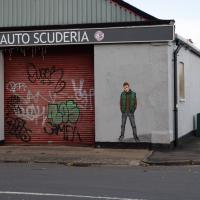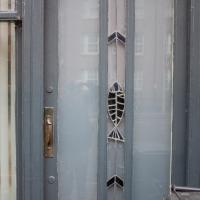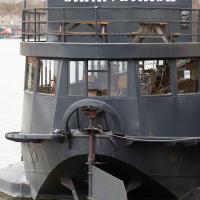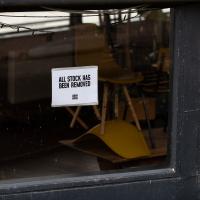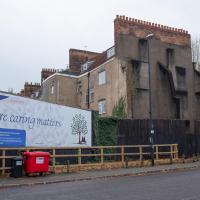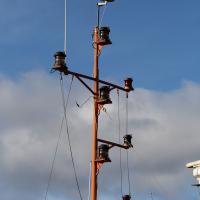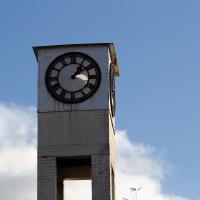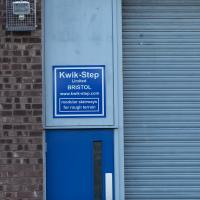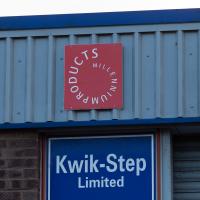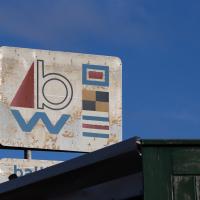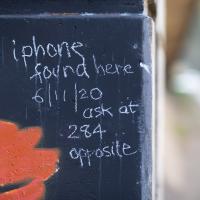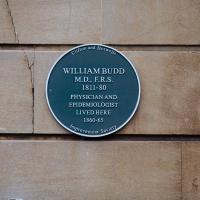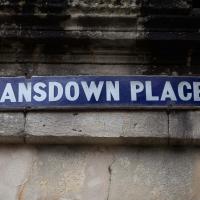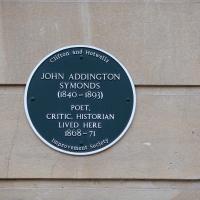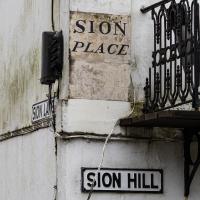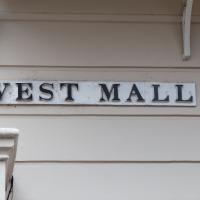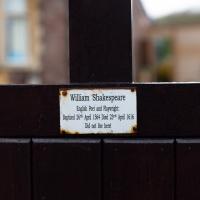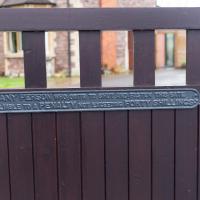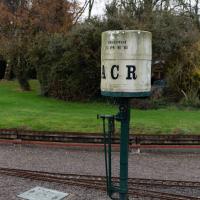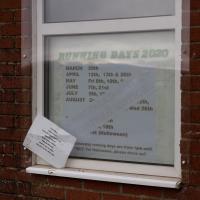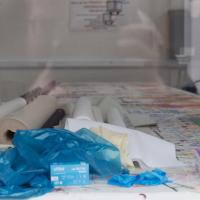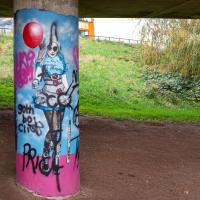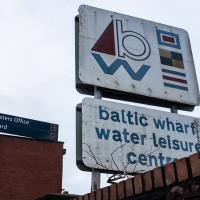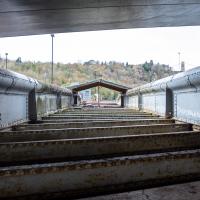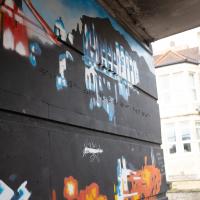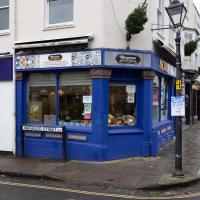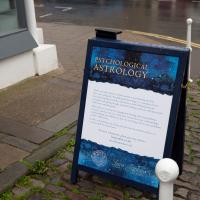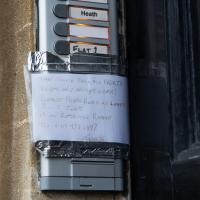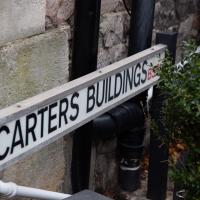Tagged: gas
Sunday Afternoon
15 Nov 2020
A walk back from Bedminster to my place, mostly down Duckmoor Road, which I found a little dull—probably because it reminded me a little of the suburbs I grew up in on the outskirts of London—then held up slightly by some filming on Ashton Avenue Bridge. They were trying not to let the crowds build up too much in between takes, it seems, so it wasn't a long delay.
Jaunt to a Closed Coffee Shop
17 Nov 2020
A fruitless wander, as Spoke and Stringer (who I thought might do a decent flat white) were closed, and the only other harbourside inlet offering were a bit too busy to wait at, especially as I'd spent some time wandering some of the convolutions of Rownham Mead. This last congeries of dull alleyways and brown-painted garages was at least somewhere I've never been before, in parts.
Up until the owner retired a few years ago, this was one of those great combination Chinese/fish & chip takeaway places, and I used to enjoy everything from the crispy chilli beef to the cod & chips.
Never the most attractive corner of Hotwells, this odd bit of land has recently been oddly fenced in, public bench and all. Well, I thought it was a public bench, anyway. No idea what's going on there.
In which our intrepid hero levels up.
I keep on thinking there might be a quick way to Greville Smyth from here, but I think the only shortcut is up that muddy slope to the staircase on the left. And it's quite steep and very slippery-looking, so I've never tried it.
Quick Coffee
19 Nov 2020
A sunny day, and though I should have probably headed for less well-travelled territory I just headed over to the Marina to grab a flat white from Imagine That's horsebox café.
I'm not entirely sure why this little pole seems to need so many red lights, or what the tiny circular thing that looks like a specialist antenna is at the top (there's clearly a few other antennas, and I also have no idea what they're for.) Just part of the varied harbour infrastructure I walk past every day and would probably be fascinated to hear about if I knew who to ask...
Clifton Village Mini Wander
20 Nov 2020
Just a quick wander up the hill to get a flat white from Twelve. I really enjoyed the spooky mannequin (?) in the window.
Bedmo and Ashton Court
21 Nov 2020
A rather more wide-ranging weekend wander with Sarah and Vik, taking in some mock Tudor bits of Bedmo (I should note that I've subsequently been corrected to "Bemmie", but I'm an outsider and have been calling it "Bedmo" for short for decades...), a chunk of Ashton, a path up Rownham Hill called Dead Badger's Bottom(!), The Ashton Court estate, a bit of the UWE campus at Bower Ashton, and some of the Festival Way path.
I have no idea how anyone managed to smack this street furniture so hard, or what direction they came from to do it. It's a pretty straight 30mph road right there, and this is only one side of the dual carriageway. Never seen so much as a near-miss there.
That a BMW came a tad too fast out of Clifton Vale, lost it completely and trashed the main control box for the traffic lights. It took them quite some time to fix it. I'd imagine his insurance company is getting quite the bill...
Underpass
25 Nov 2020
A quick lunchtime jaunt for coffee. I've often wondered about the dots on the wall of the underpass. Apparently they're not intelligible Braille. Maybe it's Marain :D
A swinging footbridge, designed by Brunel, but not quite as famous, or these days as functional, as its counterpart in the distance.
Coincidentally, I deployed the word "corral" in an email the other day. I double-checked my spelling first, though.
Apparently this isn't Braille. Could be Marain, I suppose. It's also on some of the pillars, from what I remember.
And Back Down the Hill from the Flu Jab
21 Nov 2020
This is my return from getting my annual flu jab at Christ Church, as explained in more detail in my wander up the hill.
encaustic | ɛnˈkɔːstɪk |
adjective
(in painting and ceramics) decorated by burning in colours as an inlay, especially using coloured clays or pigments mixed with hot wax.
For some reason I'm reminded of the time I was browsing the sadly-now-gone Avon Books (which used to occupy 4a Waterloo Street, next to Kitchen Artillery, which occupies 4b) and found that all the books on subjects like this were collected into a section labelled "Mumbo Jumbo"
Up for the flu jab
21 Nov 2020
A trip up the hill to get my winter flu jab. I'm not sure I really needed it this year, what with avoiding Covid—I haven't had so much as a sniffle in more than a year—but seeing as they offered... Instead of the doctor's surgery on Pembroke Road, they'd taken over Christ Church, presumably to give more room and ventilation for the necessary social distancing at the moment. As usual, it was their typically efficient operation, and I was in and out in about three minutes.
On the way there and back I snapped as much as I could, but I wanted to be home in time for the first online Times Crossword Championship. As it turned out, I needn't have bothered, as the technology at the Times couldn't keep up with the demand from competitors, and their system just collapsed under the weight of page-views. They tried again the day after, and it collapsed just as badly. Maybe next year...
This wander is split into two parts, as I turned my tech off to go into Christ Church for my jab. The walk home can be found over here.
